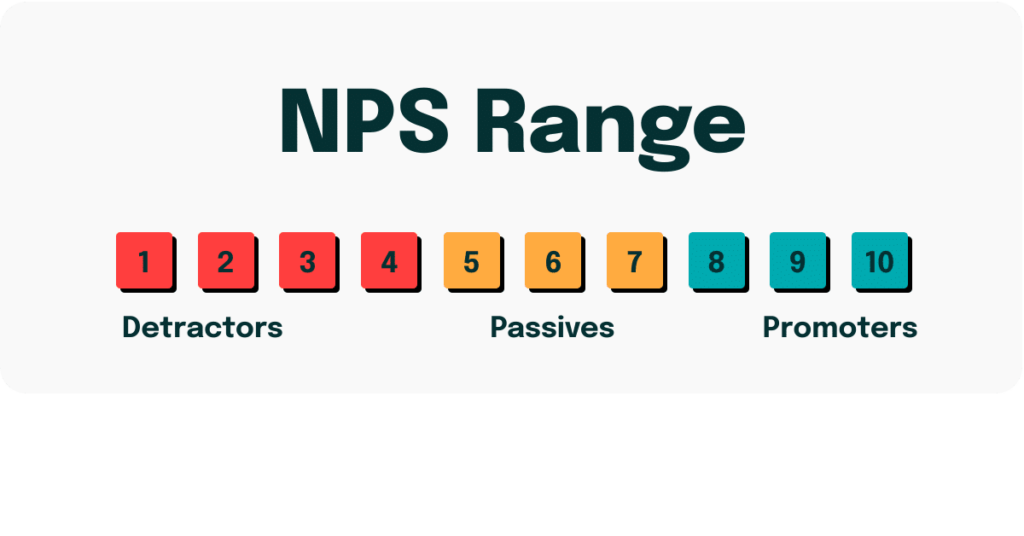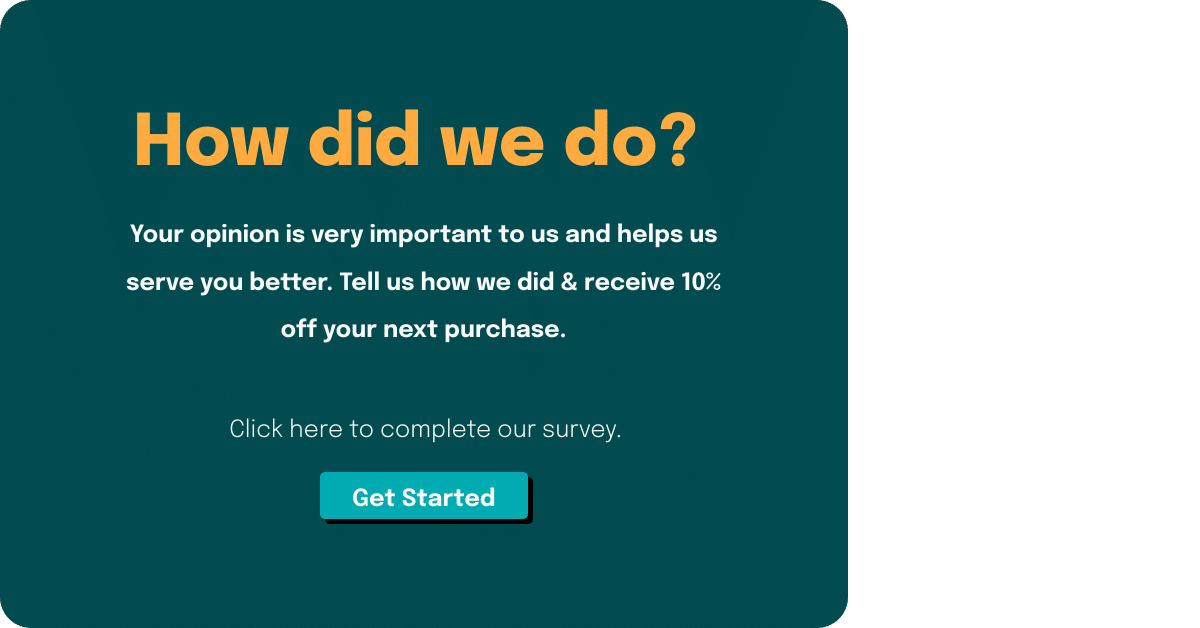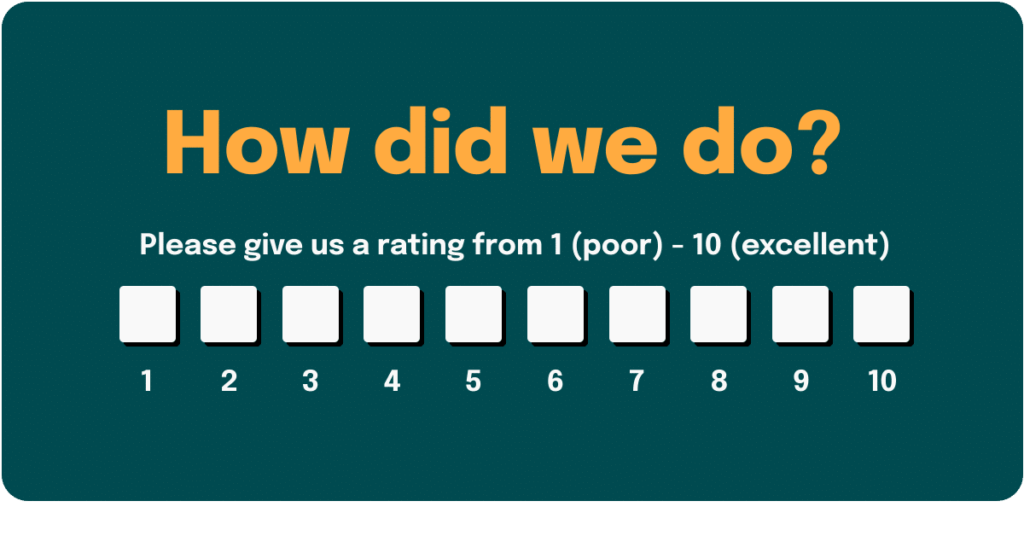Net Promoter Score Definition
The Net Promoter Score is an index ranging from -100 to 100 that measures the willingness of customers to recommend a company’s products or services to others. It is used as a proxy for gauging the customer’s overall satisfaction with a company’s product or service and the customer’s loyalty to the brand.
Net Promoter Score Calculation
Customers are surveyed on one single question. They are asked to rate on an 11-point scale the likelihood of recommending the company or brand to a friend or colleague.
“On a scale of 0 to 10, how likely are you to recommend this company’s product or service to a friend or a colleague?”
Based on their rating, customers are then classified in 3 categories: detractors, passives and promoters.
DETRACTORS
PASSIVES
‘Passives’ gave a score of 7 or 8. They are somewhat satisfied but could easily switch to a competitor’s offering if given the opportunity. They probably wouldn’t spread any negative word-of-mouth, but are not enthusiastic enough about your products or services to actually promote them.
PROMOTERS
The Net Promoter Score (NPS) is determined by subtracting the percentage of customers who are detractors from the percentage who are promoters. What is generated is a score between -100 and 100 called the Net Promoter Score. At one end of the spectrum, if when surveyed, all of the customers gave a score lower or equal to 6, this would lead to a NPS of -100. On the other end of the spectrum, if all of the customers were answering the question with a 9 or 10, then the total Net Promoter Score would be 100.

How to read a Net Promoter Score?
The basic construct of a Net Promoter Score is easy to understand, hence its popularity and widespread usage. If a company has more detractors than promoters the score will be negative and vice versa. A Net Promoter Score provides companies with a simple and straightforward metric that can be shared with their front line employees. The Net Promoter Score is helpful in that it can be used as motivation for employees to improve and to provide the best customer experience possible. The ultimate objective here is to convert customers who were less than happy or unimpressed into promoters who will put the word out and allow for increased revenues and profits.
Higher Net Promoter Scores tend to indicate a healthier business, while lower Net Promoter Scores can be an early warning to dig deeper into potential customer satisfaction and loyalty issues. Net Promoter scores are often averaging quite low. Fred Reichheld, in his calculation of 400 companies across 28 industries back in 2003 (HBR article “The One Number You Need to Grow”), found that the median Net Promoter score was just 16.
How to you set up a regular Net Promoter Score Email?
This is easy.
First you need to create a form on your website with radio boxes for zero to ten.

Next step is to set up an email template so you can email your customers and get then back to this form.
Each number has a link which will autofill the form on the website.
Depending on your business you may want to send this out at the end of the month, or you may want to automate this process so it will go out a week after the order has been sent.
Another option to this is to use one of the many NPS tools out there like Ask Nicely.
Once you have all you NPS surveys returned you can crunch the numbers.
As was described above you take the promoters and subtract the detractors, then turn this into a percentage.
You can track this NPS over time to see if you are improving your customer experience.
Are you using NPS in your business?
If you need more help implementing NPS give us a call.







